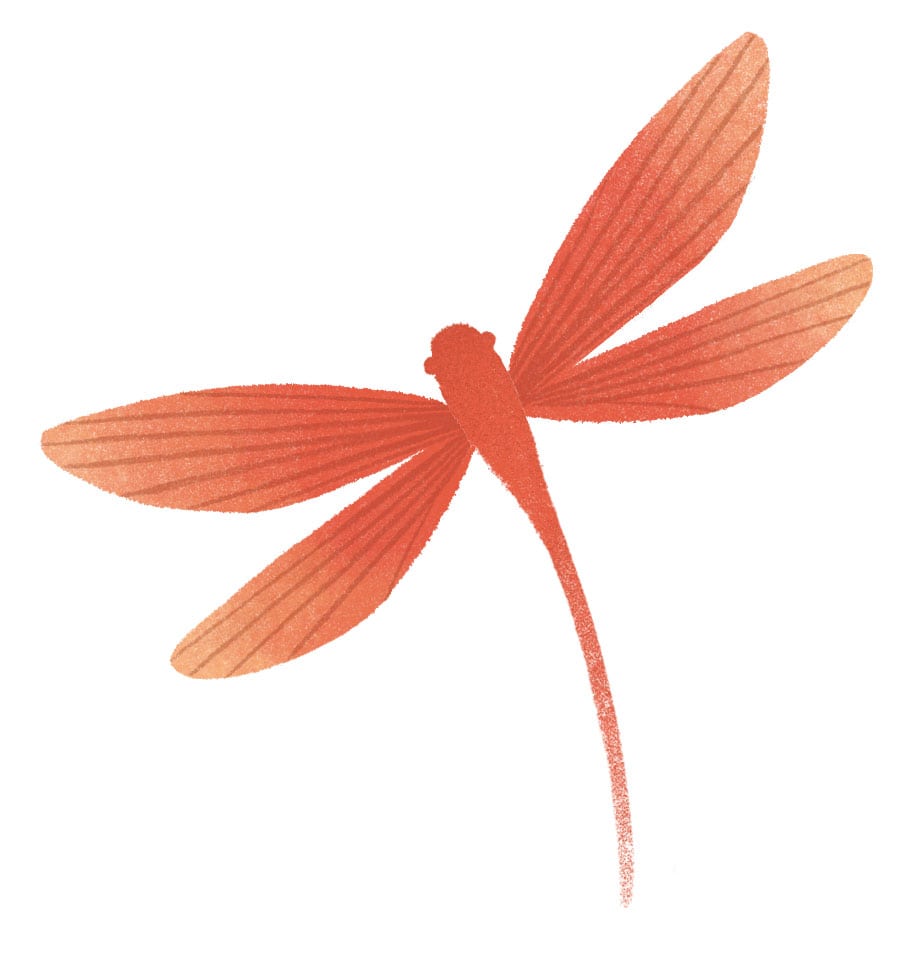Eastern Beauty is a truly rare and delicious Formosa Oolong tea. Said to have been a favourite of Queen Victoria’s, it has a complexity, sweetness and golden amber colour that places it between a green and a black tea.
12 large leaf tea pyramids (21g). Our tea pyramids and inner bag are made from plant-based, biodegradable materials. Our outer carton is made from recyclable paperboard.
Also available at OCADO.
















